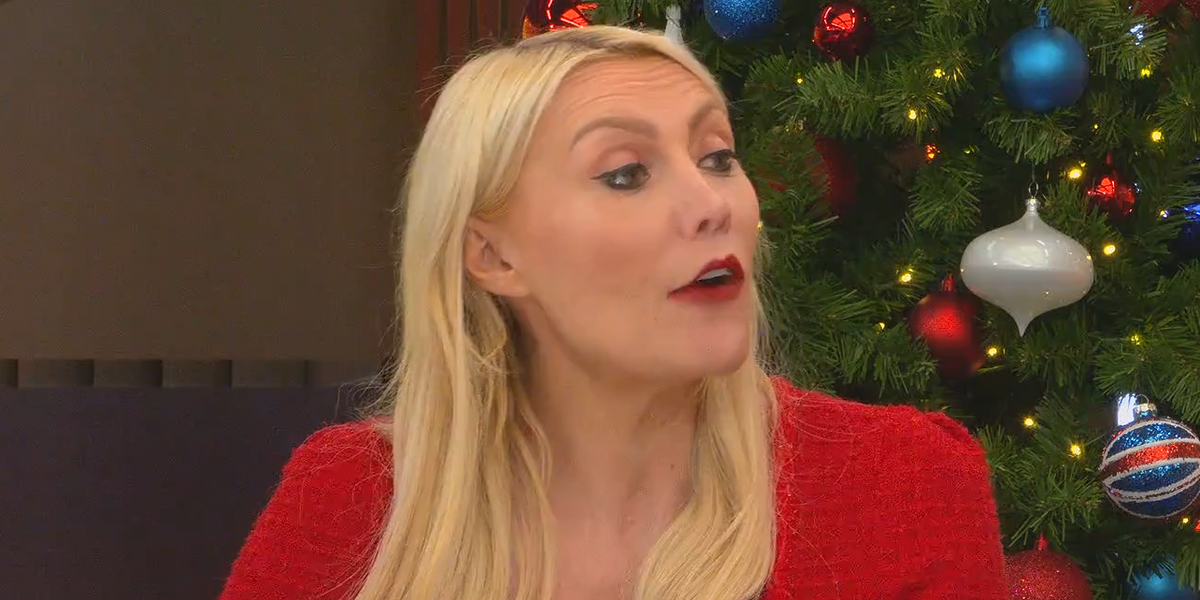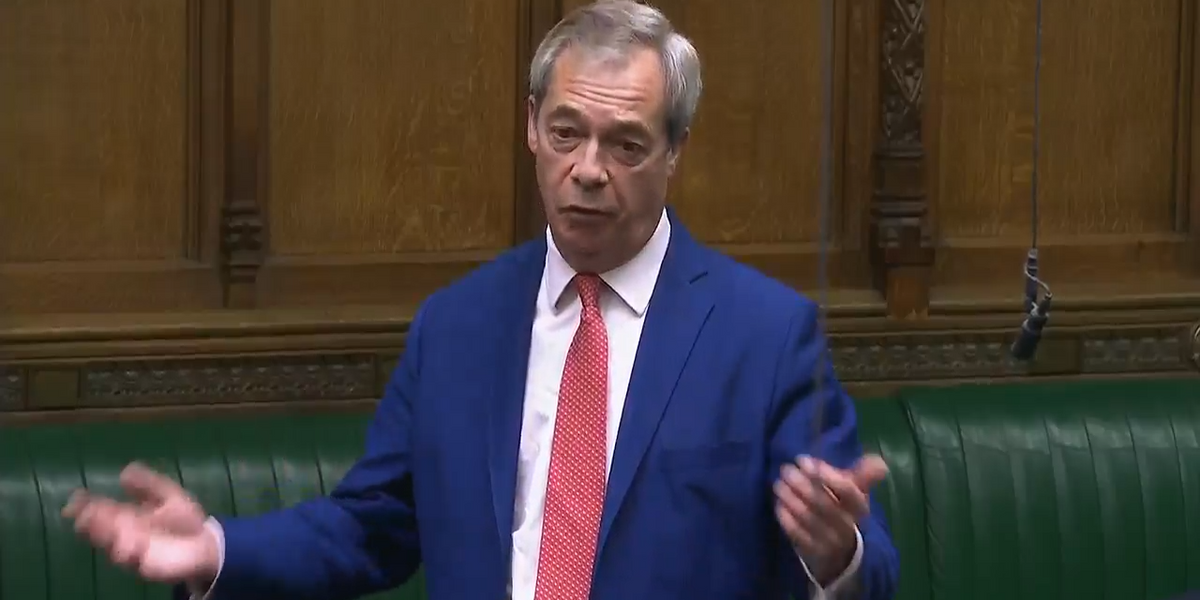A shocking image of the Syrian 'prisoner' who was discovered locked up Damascus prison by journalists proves that he was actually one of former dictator Bashar al-Assad's henchmen who ruthlessly killed and tortured inmates.
The feigned inmate was found by CNN's chief international correspondent Clarrisa Ward and her team while they toured an abandoned detention site last Wednesday.
He was found under a blanket trembling and exclaiming 'Oh God! There is light!', in a video that went viral.
But earlier this week Syrian fact-checking organization Verify-Sy reported that the man in the clip was in fact a first first lieutenant in the Syrian Air Force Intelligence, which served former President Assad.
CNN launched an investigation into the man's identity and confirmed that he was not a 'civilian father' named Adel Gharba, but rather Salama Mohammad Salama.
Citing local sources, CNN said in a statement Monday that Salama 'was known for running the Air Force Intelligence Directorate's checkpoints in the city' and was accused of 'having a reputation for extortion and harassment'.
Now, an image, that was shared with CNN by locals and Verify-Sy, shows Salama wearing a sly smirk behind a desk that appears to be inside a government office.
He is dressed in military uniform, further proving his links to the Assad regime.
A shocking image of the Syrian 'prisoner' who was discovered locked up Damascus prison by journalists proves that he was actually one of former dictator Bashar al-Assad's henchmen
Last week, Salama had been found by a CNN crew that was visiting an abandoned prison. He claimed he was a 'civilian father'
Earlier this week Syrian fact-checking organization Verify-Sy reported that the man in the clip was in fact a first first lieutenant in the Syrian Air Force Intelligence, which served former President Assad. CNN launched an investigation and on Monday confirmed his real identity
According to CNN, the image was fact-checked with facial recognition software which showed that the image of the man rescued from the Damascus cell was a 99 per cent match with the officer.
CNN said it was unsure how he ended up in the Damascus jail, but according to local accounts, he had been locked up for less than a month because of a disagreement he had with a higher-ranking officer over cash he allegedly extorted.
The broadcaster also said his whereabouts are currently unknown.
According to the Syrian fact-checking group, Salama allegedly killed civilians and was responsible for detaining and torturing young men in Homs on fabricated charges, the organization claimed, citing residents.
They went on to accuse Salama of involvement in 'theft, extortion and coercing residents into becoming informants,' and said he participated in military operations on several fronts in Homs in 2014.
With his identity revealed, Ward and CNN have been blasted by critics online.
Ward was touring the detention site where countless civilians were tortured and beaten to death, when her team seemingly stumbled upon a cell which was still locked.
A Syrian rebel guard reportedly shot open the prison cell door and found the trembling prisoner found under the blanket.
Ward provided the man, who claimed he had not seen sunlight in three months, with food and water, and was then led outside.
CNN journalist Clarissa Ward confirmed the real identity of the freed prisoner in an X post
But Verify-Sy questioned the report, noting that the alleged prisoner did not flinch or blink when he presumably looked up at the sky for the first time in months.
'Despite the purported harsh treatment of detainees in secret prisons, Gharbal appeared clean, well groomed and physically healthy, with no visible injuries or signs of torture - an incongruous portrayal of someone allegedly held in solitary confinement in the dark for 90 days,' reported Verify-Sy.
Upon further investigation, Verify-Sy said it could not confirm Gharbal's identity - but after speaking to locals in Homs, was able to identify him as Salama Mohammad Salama, or Abu Hamza.
Residents of Al-Bayyada neighborhood said he was frequently stationed at a checkpoint in the area's western entrance, infamous for its abuses,' Verify-Sy reported.
'Many were targeted simply for refusing to pay bribes, rejecting cooperation or even for arbitrary reasons like their appearance,' the organization claimed.
Since the beginning of the Syrian revolution in March 2011, over 157,000 people were arrested or had been forcibly disappeared - including 5,274 children and 10,221 women, according to the Syrian Network for Human Rights.
The incarcerated included protesters, human rights defenders, political dissidents, doctors who treated demonstrators or opposition figures, as well as their family members.
Over 1,500 people died under the torture, which included electrocuting genitals or hanging weights from them; burning them with oil, metal rods, gunpowder or flammable pesticides; crushing heads between a wall and the prison cell's door; inserting needles or metal pins into bodies; and depriving prisoners of clothes, bathing and toilet facilities, the human rights network said.
The worst seemed to be Sednaya Prison, outside of Damascus, which spanned the size of 184 soccer stadiums and was surrounded by two minefields

 By Daily Mail (World News) | Created at 2024-12-18 12:05:15 | Updated at 2024-12-18 14:50:08
2 hours ago
By Daily Mail (World News) | Created at 2024-12-18 12:05:15 | Updated at 2024-12-18 14:50:08
2 hours ago








